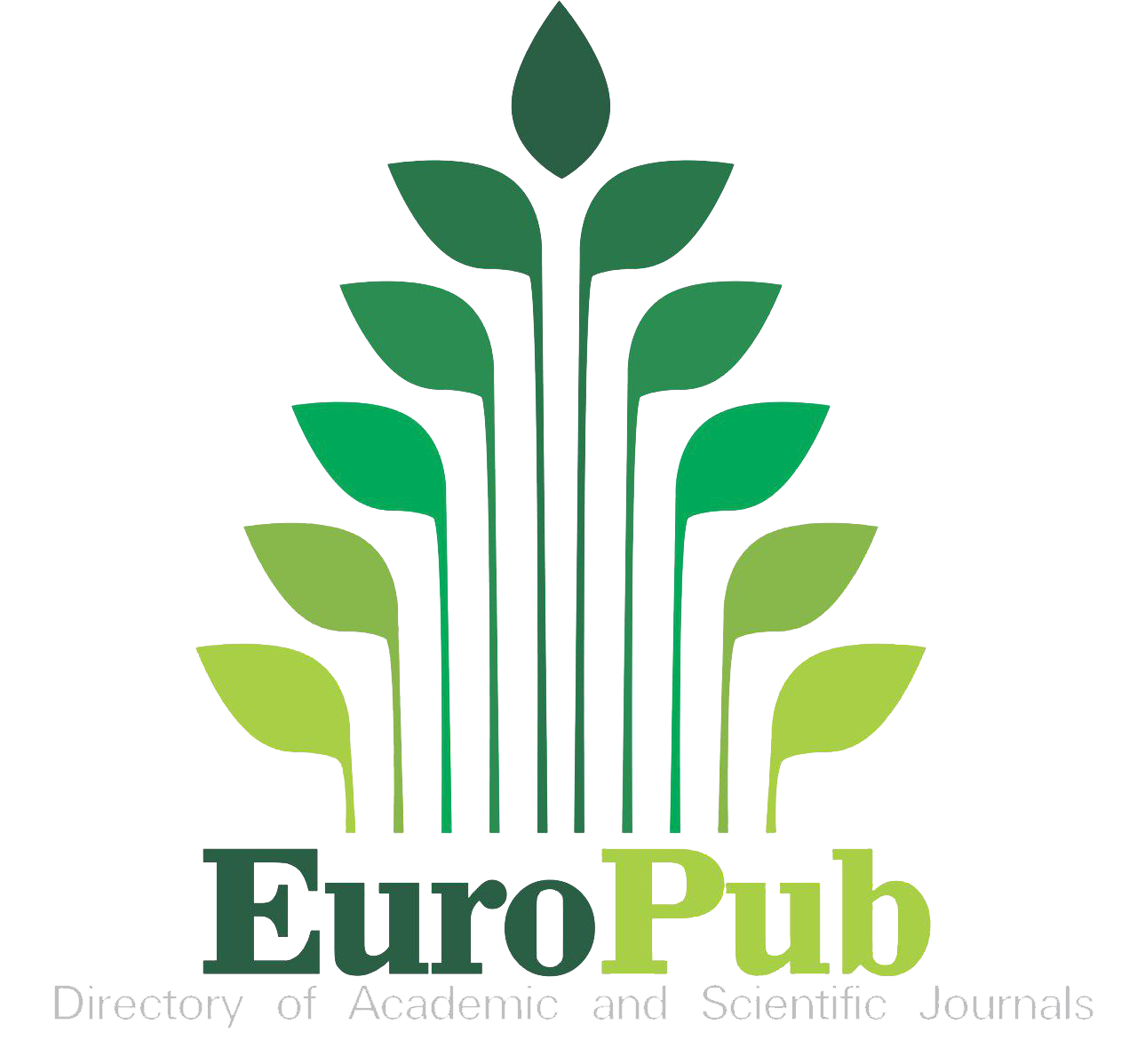Arabic Language Learning in Majelis Taklim: Approaches and Methods
DOI:
https://doi.org/10.56724/ladu.v5i1.300Keywords:
arabic language, majelis taklim, teaching methods, communicative approach, educational strategiesAbstract
Background: Majelis taklim holds significant potential for Arabic language education through the application of varied and adaptive methods. The combination of traditional and modern methods can enhance teaching effectiveness if accompanied by appropriate strategies to overcome challenges. Thus, majelis taklim can continue to serve as a relevant and high-quality center for Arabic language learning for the Muslim community.
Purpose: This article examines the methods and approaches to teaching Arabic in majelis taklim..
Design and methods: A qualitative paradigm using literature reviews was chosen to understand how aspects of Arabic language teaching methods can be formulated to meet the needs of majelis taklim.
Results: In majelis taklim, various teaching approaches are employed, both traditional and modern. The combination of these approaches, along with the development of teaching methods and content, aims to support Islamic education, including Arabic language instruction. The preparation of teaching materials considers participants' backgrounds, particularly their age, and integrates traditional and modern methods. Commonly used Arabic teaching methods in majelis taklim include lectures and discussions, the grammar-translation method, as well as repetition and memorization techniques. The implementation of these methods must be adapted to address challenges such as limited time, diverse participant backgrounds, and restricted access to modern learning resources.
Downloads
References
Azzahro, F., & Salamah, H. (2024a). Analisis manajemen penyelenggaraan majelis taklim: Studi kasus penyelenggaraan majelis taklim Raudhatul Jannah Cengkareng Jakarta Barat. Islamika:Jurnal Keislaman Dan Pendidikan, 6(April 2024), 545–559. https://doi.org/https://doi.org/10.36088/islamika.v6i2.4549 DOI: https://doi.org/10.36088/islamika.v6i2.4549
Azzahro, F., & Salamah, H. (2024b). The Qur’an learning strategy in Raudhatul Jannah Majelis Taklim, Kapuk, West Jakarta. Palapa: Jurnal Studi Keislaman Dan Pendidikan, 12(November 2024), 140–150. https://doi.org/10.36088/palapa.v12i2.5396 DOI: https://doi.org/10.36088/palapa.v12i2.5396
Dahlan, Z. (2019). Peran dan Kedudukan Majelis Taklim di Indonesia. Al-Fatih: Jurnal Pendidikan Dan Keislaman, II(2), 256. http://jurnal.stit-al-ittihadiyahlabura.ac.id/index.php/alfatih/article/view/40/40
Dimyati, D. (2022). Metode pembelajaran bahasa Arab bagi masyarakat umum di Ma’had Al-Bashirah Karawang. Tawazun: Jurnal Pendidikan Islam, 15(2), 315. https://doi.org/10.32832/tawazun.v15i2.7244 DOI: https://doi.org/10.32832/tawazun.v15i2.7244
Jadidah, A., & Mufarrohah. (2016). Paradigma Pendidikan Alternatif: Majelis Taklim Sebagai Wadah Pendidikan Masyarakat. Jurnal Pusaka, 7(14), 27–42. https://ejournal.alqolam.ac.id/index.php/jurnal_pusaka/article/view/majelis-taklim-sbg-wadah-pendidikan
Saodah Susanti, S., Kuswarno, E., Muttaqien, K., Sauri, Rs., Agama Islam STAI Yamisa Soreang, P., & Ilmu, P. (2021). Manajemen Pembelajaran Majelis Taklim Dalam Meningkatkan Pemahaman Agama Islam Di Provinsi Jawa Barat. Agustus, 6(2).
Shihab, M. Q. (2013). Membumikan Al Qur’an: Fungsi dan peran wahyu dalam kehidupan manusia. Mizan.
Siddiq, M., Salama, H., & Khatib, A. J. (2020). Manfaat teknologi informasi Dan komunikasi dalam metode bercerita. Jurnal Teknodik, 24(2), 131. https://doi.org/10.32550/teknodik.v24i2.496 DOI: https://doi.org/10.32550/teknodik.v24i2.496
Widiarsa. (2019). Kajian pustaka (literature review) sebagai layanan intim Pustakawan berdasarkan kepakaran dan minat Pemustaka. Media Informasi, 28(1), 111–124. https://doi.org/10.22146/mi.v28i1.3940 DOI: https://doi.org/10.22146/mi.v28i1.3940
Yanmar, N., Mahmud, B., & Hamzah, H. (2023). Metode Pembelajaran Bahasa Arab dalam Memahami Kitab Kuning. Jurnal Naskhi Jurnal Kajian Pendidikan Dan Bahasa Arab, 5(2), 100–108. https://doi.org/10.47435/naskhi.v5i2.2224 DOI: https://doi.org/10.47435/naskhi.v5i2.2224
Downloads
Published
How to Cite
Issue
Section
License
Copyright (c) 2025 Julia Fasha, Mohammad Siddiq, Fatimah Azzahro

This work is licensed under a Creative Commons Attribution 4.0 International License.
Authors who publish with this journal agree to Copyright notice.














